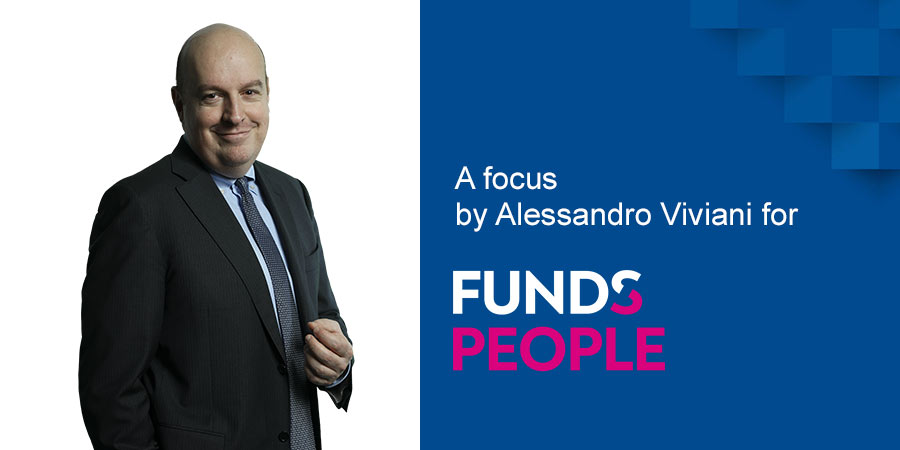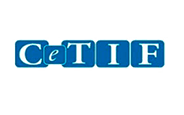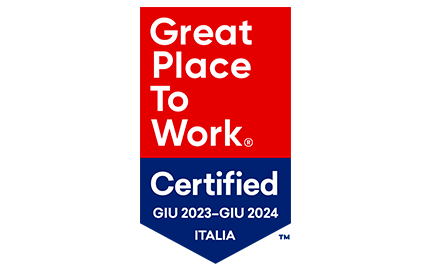The symbiotic relationship between fund service providers and asset management companies
For Fund Service Provider

The role and market of custodian banks – or Fund Service Providers, to use a more representative term – are rarely the subject of analysis as their services and corresponding market data is even more rarely available. The custodian bank as a third party with primarily control functions, for the benefit of the end investors and the market as a whole, is today a highly specialised player providing a wide range of high added-value services. The asset gatherer/ asset owner approach to Fund Service Providers is often still strongly aimed at cost containment: a strategy perfectly understandable within a context of zero or negative interest rates and declining fee levels. However, the relationship between asset manager/asset owner and custodian is, or can be, if properly developed and managed, symbiotic and mutually successful.
The cost and the complexity of changing this key supplier by an Asset Manager or a delegated ManCo are extremely high, because over time the parties develop specific, interdependent and interconnected operating models and the full understanding – and replacement – of them all by an alternative provider requires in-depth analysis to mitigate the operational risks.
Choosing the right custodian bank
When an Asset Manager has clearly defined strategic priorities, the selection of its supplier and the development of a medium / long-term co-operative framework can turn into differentiating and enabler elements for the achievement of the Asset Managers objectives.
For example, consider some cases in which needs and priorities can prove very different:
- Operational experience of the internal resources of the Asset Manager: a newly established one, with limited in-house operational experience, versus one that has been operating for decades with expert internal resources;
- Management of the pipeline of new products: an Asset Manager with a very strong product development process and always focused on novelty, versus a player more focused on managing and fine tuning a large stock of mature products.
- Relationship with the distribution networks: an Asset Manager whose main distribution network is within the group (captive versus an independent, “multi-network” asset management company).
- Outsourcing level: an Asset Manager that prefers to keep operations as much as possible in-house versus others that instead focus only on their core activities.
- Markets: Asset Managers that prefer to develop very strong expertise in their own core markets versus others that instead operate directly on a wider and complex range of markets; Markets coverage and the funds domicile will determine which service provider fits the needs of the asset manager. Typically, regional, and global asset managers tend to select the service providers of the similar scale and geographical reach particularly for traditional UCITS products.
- Financial Instruments /Products: level of use of derivatives, listed or OTC; Many large Fund Service providers have created centralised hubs to service complex OTC derivatives and offer segregated middle and back office services to Asset Managers. ETF servicing is also rapidly growing as the shift to passive investing has seen a large shift in participation in recent years especially amongst younger investor demographics.
- Digital Strategy: Asset Managers are increasingly using data analytics to try to understand buyer behaviours and user experiences to better design and target their products. Asset Managers are seeking for partners especially in the TA and Distribution with compatible digital and data analytical capabilities.
- Values and Cultural Fit : Many Asset Managers have integrated ESG criteria into the design of their products and investment strategies. They are increasingly using the same criteria to see partners and suppliers who share the same cultural fit on the areas of diversity and inclusion (D&I) within their organisation.
The selection of the most suitable supplier, or rather partner, and the sharing of strategic priorities allow the Asset Manager to pursue its objectives at its best, knowing that its partner has visibility and is therefore engaged itself on the basis of the same shared view. In the same way, the fund service provider can focus its investments and developments consistently (e.g.: level of standardisation / customisation of processes and solutions, focus on quality of service versus cost of the same, breadth versus focus of the support to the Asset Manager, etc.).
Management Companies can pursue and achieve success using their custodian as a supplier, but they also have the option to build a different relationship with it, leveraging a co-operative relationship with this key partner to pursue more challenging objectives or to mitigate the risks of their development path.
Moreover, the experience of 2020 proved how the fund service providers industry has managed to ensure continuity of service and quality of the same, facing challenges that until now were only theoretical and hypothesised, at most in the Business Continuity and Disaster Recovery plans. However, by implementing sustainable solutions for months, they have guaranteed the same services to the asset management world. Also in this case, the existing partnerships enabled the provision of services that guaranteed safety, continuity and operativity to end-investors, avoiding any operational disruption or impact on the market.
To mimic a popular expression, we could say that “behind a successful asset management company there is a successful fund service provider” and, the other way around, that every successful fund service provider works with a successful asset management company. At the same time, if one of the elements is weak, not up to the challenges, or not even aligned in terms of priorities, the growth and the success of both are affected: hence the reason for the term of a symbiotic relationship between Asset Manager and Fund Service Provider.
Share this article:

Navigating the Regulatory Landscape: Key EU Regulations Shaping Private Markets

Parva Consulting announces the promotion of Federico Lusian to Associate Partner

Transforming the Financial Sector through Advanced Data Analytics










